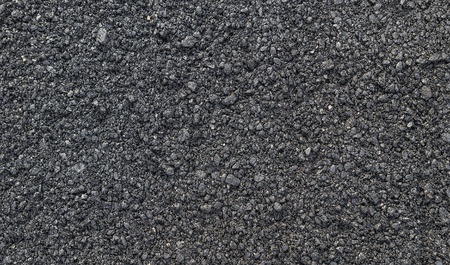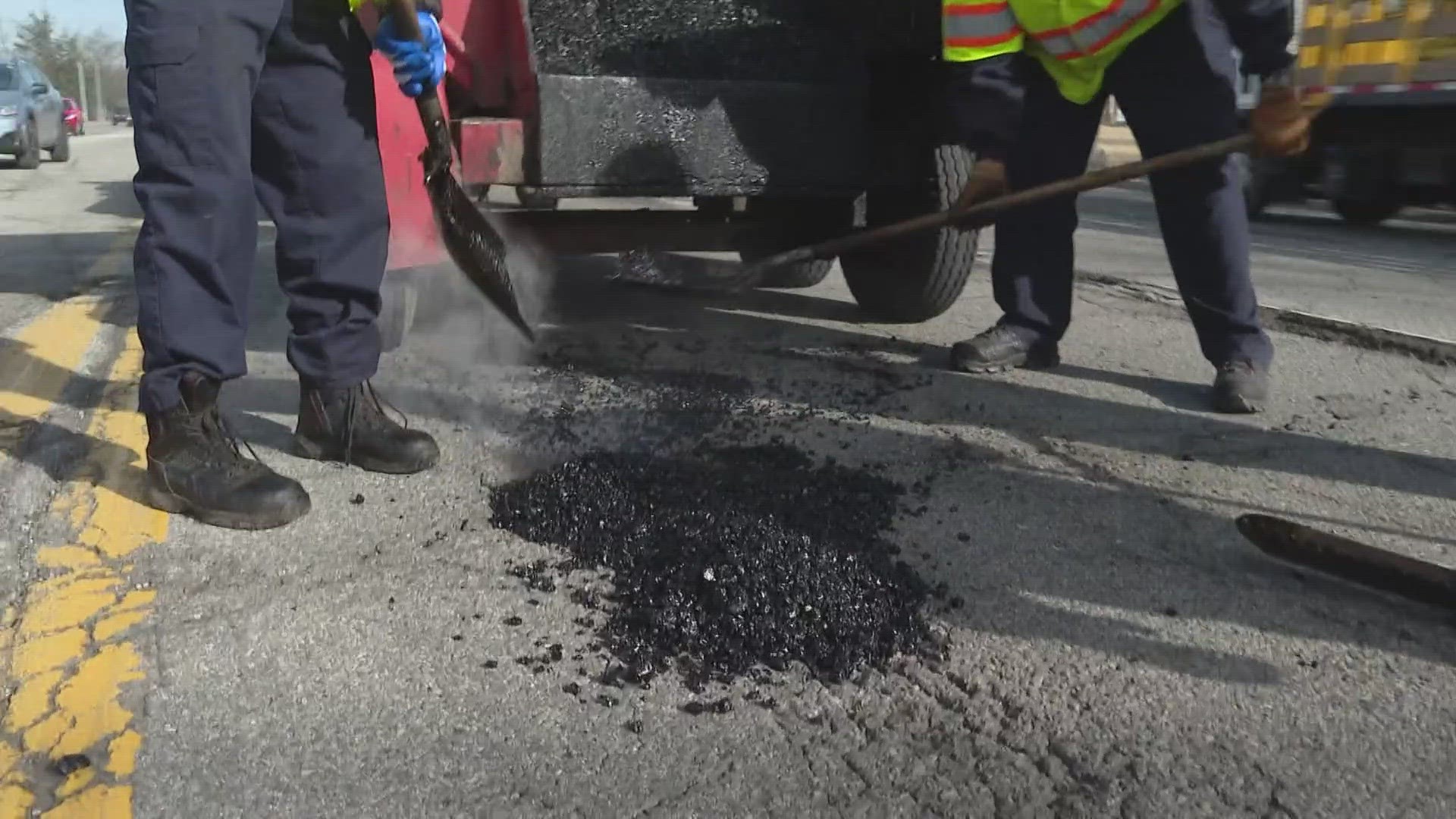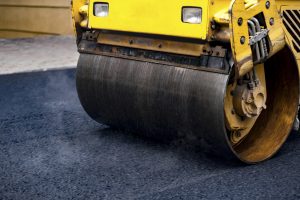Hot Mix Asphalt Paving: Your Gateway to Premium Angled Parking Solutions
Hot Mix Asphalt Paving: Your Gateway to Premium Angled Parking Solutions
Blog Article
Unlocking the Keys of Warm Mix Asphalt Innovation
Discovering the depths of hot mix asphalt modern technology reveals a globe where exact solutions and careful processes converge to form our roads and facilities. The fusion of fillers, binders, and aggregates isn't just a construction task however a calculated orchestration of sturdiness and performance.
Importance of Warm Mix Asphalt
Warm Mix Asphalt plays a crucial function in modern-day framework growth because of its resilience and cost-effectiveness. As one of the most generally made use of leading product for roads, freeways, and car park, Hot Mix Asphalt offers a range of advantages that add to its significance in building tasks. One vital advantage is its capability to hold up against heavy traffic lots and extreme weather condition conditions, providing a long-lasting and trustworthy surface area for transport networks. Additionally, Warm Mix Asphalt is cost-efficient in both first building and long-lasting maintenance, making it a recommended selection for several facilities tasks.
The toughness of Hot Mix Asphalt stems from its make-up, which consists of aggregates, binder, and filler products that are thoroughly picked and mixed to meet particular efficiency demands. On the whole, the relevance of Hot Mix Asphalt in facilities growth can not be underrated, as it proceeds to be a cornerstone of modern construction practices.
Parts of Asphalt Mixes
The composition of asphalt mixes includes very carefully chosen accumulations, binder, and filler products that are essential for attaining particular efficiency demands. Aggregates are the main component of asphalt blends, offering stamina and security. These accumulations can be all-natural, such as crushed rock or crushed stone, or synthetic, like recycled materials from old sidewalks. The binder, commonly bitumen or asphalt concrete, holds the accumulations with each other and offers adaptability and toughness to the mix. The option of the binder is crucial as it straight influences the mix's efficiency in various weather condition problems. Fillers, such as hydrated lime or Portland cement, are utilized to enhance the mix's workability and aging resistance. Angled Parking.
The mix and proportion of these components play a substantial function in establishing the high quality and efficiency of the asphalt mix. Designers meticulously create the mix to meet details demands, considering factors like web traffic quantity, environment problems, and pavement life expectancy. Correct option and balancing of aggregates, binder, and fillers are vital for developing sturdy, durable asphalt sidewalks.
Mixing and Production Strategies

As soon as the accumulations are chosen, the binder, often asphalt cement, is included in bind the materials together. The binder's high quality and amount substantially influence the mix's stamina, resistance, and flexibility to environmental elements. In addition, fillers like hydrated lime or Rose city concrete may be included to enhance certain attributes of the asphalt mix, such as its workability or wetness resistance.
Throughout production, the aggregates and binder are warmed, usually between 250-325 ° F(121-163 ° C ), to promote mixing and make sure proper covering of the accumulations. The mixing procedure needs to be thorough to accomplish an uniform mixture that advertises the desired performance characteristics of the asphalt. Various techniques, such as set blending or drum blending, are utilized to accomplish constant and top quality asphalt blends for building projects.
Aspects Affecting Asphalt Efficiency
Aspects influencing asphalt performance incorporate a series of variables that affect the sturdiness, long life, and total high quality of asphalt pavements. One essential factor is the high quality of products used in the asphalt mix. The type and resource of accumulations, the binder quality, and the ingredients all play a considerable function in determining the performance of the asphalt sidewalk. The gradation of aggregates is vital as it influences the mix's resistance, workability, and security to rutting hot mix asphalt and breaking.

Environmental problems also influence asphalt efficiency. Temperature variants, dampness seepage, and website traffic loads can all affect the architectural stability of the sidewalk. Layout factors to consider, such as sidewalk thickness and drainage, are necessary in guaranteeing the long-term performance of the asphalt sidewalk. By carefully taking into consideration these aspects, specialists and designers can maximize asphalt performance and improve the solution life of sidewalks.
Sustainable Practices in Asphalt Technology

In addition, the development of warm-mix asphalt (WMA) modern technologies has acquired grip in current years. WMA enables the production and placement of asphalt blends at lower temperature levels compared to conventional hot-mix asphalt, causing reduced energy usage and greenhouse gas discharges. Additionally, the use of porous asphalt blends can assist minimize stormwater runoff concerns by allowing water to infiltrate with the pavement and right into the ground, advertising all-natural water filtration and reenergize procedures. By executing these sustainable methods, the asphalt market can add to building an extra resilient and ecologically pleasant infrastructure network.
Conclusion
To conclude, hot mix asphalt modern technology plays a vital function in contemporary facilities advancement because of its toughness and cost-effectiveness. By meticulously stabilizing elements, using appropriate mixing strategies, and considering different elements, engineers can produce high-grade asphalt mixes that stand up to rush hour lots and extreme weather condition conditions. Accepting sustainable techniques, such as utilizing warm-mix innovations and recycled materials, even more improves the ecological friendliness of asphalt technology.
Blending and manufacturing strategies in hot mix asphalt modern technology include the accurate mix and handling of accumulations, binder, and fillers to create a high-performance and sturdy asphalt mix.Aspects affecting asphalt performance incorporate a variety of variables that influence the durability, long life, and total top quality of asphalt sidewalks. Sustainable practices in asphalt modern technology include various efforts intended at lowering the environmental effect of asphalt production and paving procedures. By incorporating recovered asphalt sidewalk (RAP) and recycled asphalt shingles (RAS) into new asphalt blends, the market can dramatically minimize the consumption of raw materials and energy, while also lowering garbage dump waste.
WMA permits for the manufacturing and placement of asphalt blends at reduced temperatures compared to conventional hot-mix asphalt, resulting in reduced energy usage and greenhouse gas emissions.
Report this page